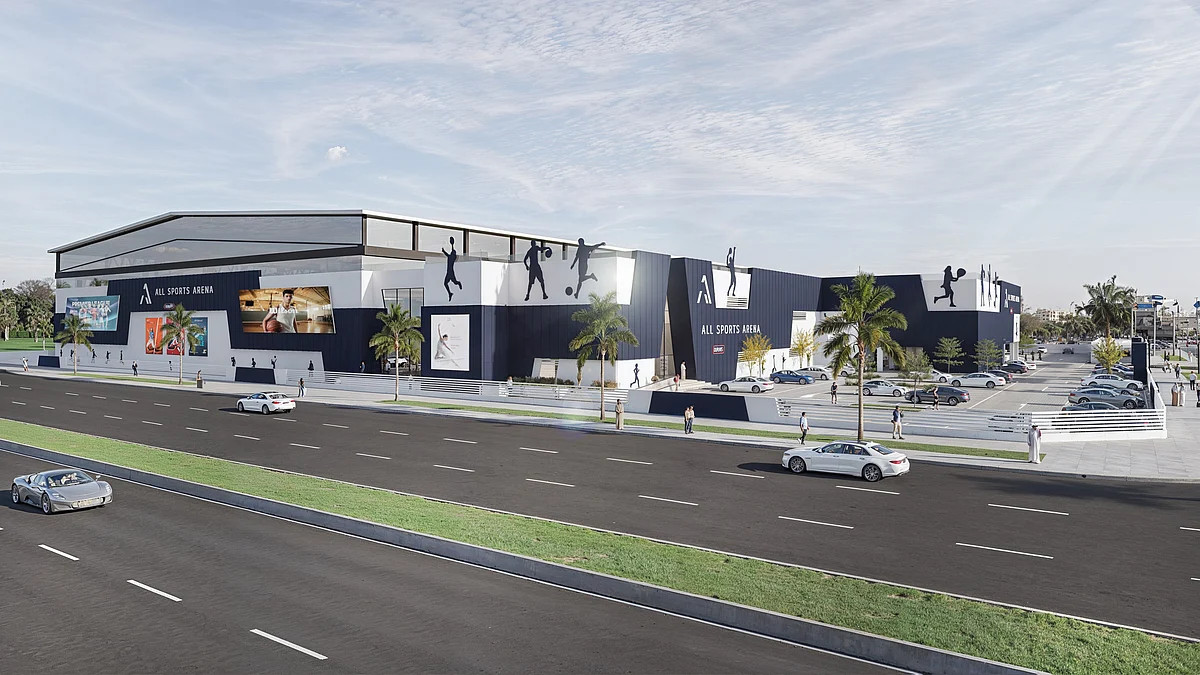Rethinking Construction And Buidling For A Sustainable Future
Across the world, we are increasingly witnessing extreme climate events from record rainfall to soaring temperatures. No city or the buildings that comprise it can fully escape the evolving realities of climate change.
According to the UN Environment Programme, buildings and construction account for nearly 40 per cent of global energy-related carbon emissions. That statistic alone should make sustainable construction a default practice. And yet, the transition is uneven. In many parts of the world, building codes remain outdated and sustainability is still seen as a premium feature rather than a practical necessity.
However, change is underway. The UAE has made sustainability a key pillar of its national development strategy, with initiatives like Estidama in Abu Dhabi and the Al Sa'fat system in Dubai, aiming to guide construction toward more environmentally sound practices. Major financial institutions are also adjusting their course, linking capital allocation to ESG performance and prioritising projects that reduce carbon emissions and improve energy resilience.
As someone involved in redevelopment and renovation, I see this as a chance to do better work rather than a regulatory constraint. Buildings are long-term assets. Their environmental impact doesn't end when the scaffolding comes down. Features like solar power, responsibly sourced materials, and designs that make the most of light and heat lead to buildings that are simply smarter and built to last.
Designing sustainably doesn't mean compromising on utility or beauty. In fact, some of the most elegant solutions are also the most efficient. Passive cooling techniques, green roofs, cross-ventilation, and the strategic use of local materials stem from understanding climate and purpose. The best eco-friendly buildings don't call attention to themselves. They simply work better, over time.
In our work at Galadari, we are integrating this mindset into our redevelopment approach. One of our latest projects, a new state-of-the-art multi-sports complex in Dubai, is being developed in line with the stringent requirements of Dubai's Al Sa'fat Gold certification for green buildings. From the early planning stages, sustainability has guided all our key decisions, from energy-efficient systems and water conservation measures to the choice of construction materials. Similar efforts are underway at Radisson Blu Hotel Galadari , our flagship property in Colombo, Sri Lanka, where renovations focus on enhancing energy performance. In parallel, rooftop solar installations are being introduced across several facilities, reinforcing our commitment to long-term environmental responsibility across our portfolio.
Of course, progress in this space isn't always headline-worthy. There are no dramatic unveilings when a building uses less power or makes better use of natural light. But these small choices matter. According to a McKinsey report, energy-efficient retrofits can reduce a building's emissions by up to 50 per cent, often with a return on investment within five to ten years.
As more businesses and property owners begin to value sustainability, we will see wider adoption. But for that to happen, the conversation needs to change. Instead of asking,“Is it worth going green?” the question should be,“What are we missing by not doing it?”

Legal Disclaimer:
MENAFN provides the
information “as is” without warranty of any kind. We do not accept
any responsibility or liability for the accuracy, content, images,
videos, licenses, completeness, legality, or reliability of the information
contained in this article. If you have any complaints or copyright
issues related to this article, kindly contact the provider above.
Most popular stories
Market Research

- Microgrid Market Growth, Key Trends & Future Forecast 2033
- Nickel Market Estimated To Exceed USD 55.5 Billion By 2033
- Primexbt Launches Empowering Traders To Succeed Campaign, Leading A New Era Of Trading
- Chaingpt Pad Unveils Buzz System: Turning Social Hype Into Token Allocation
- Ecosync & Carboncore Launch Full Stages Refi Infrastructure Linking Carbon Credits With Web3
- Japan Halal Food Market Size To Surpass USD 323.6 Billion By 2033 With A CAGR Of 8.1%






















Comments
No comment